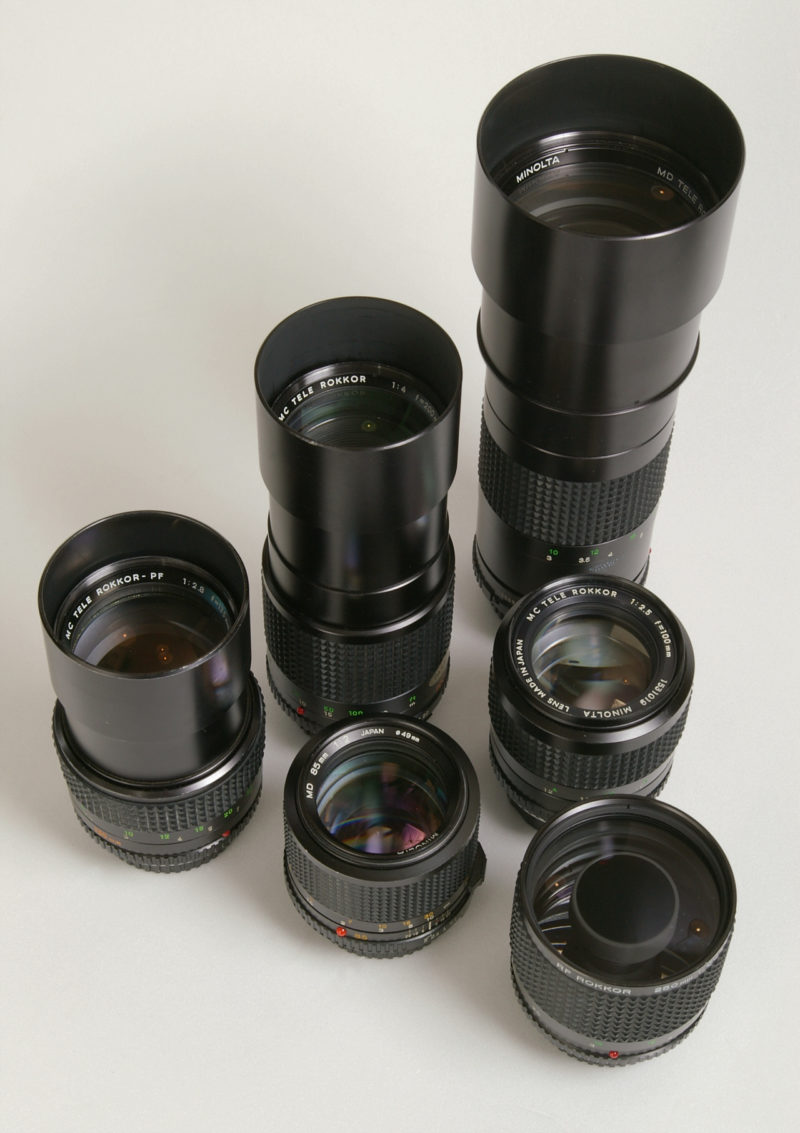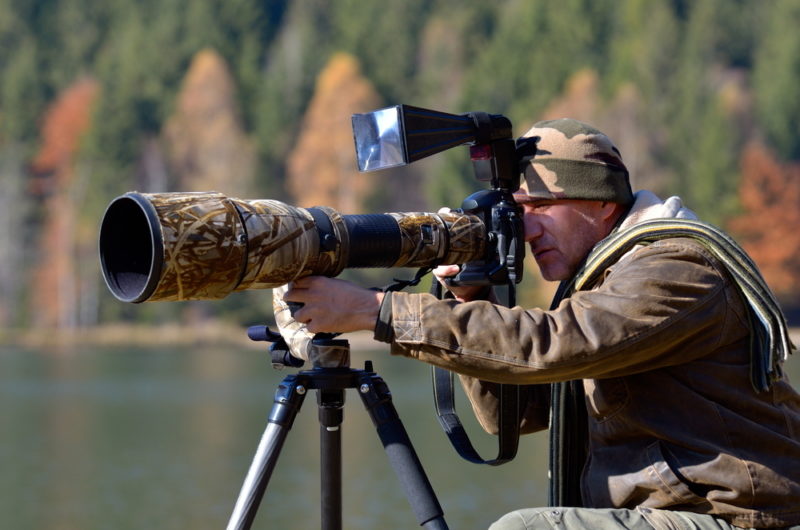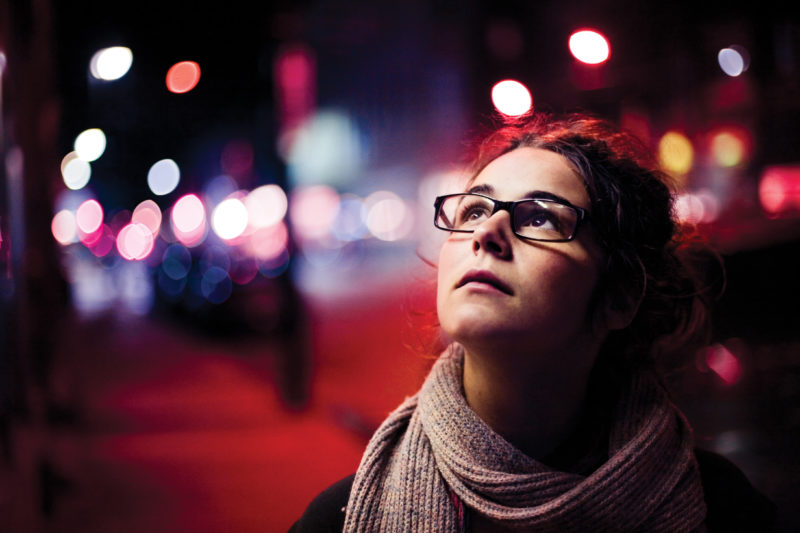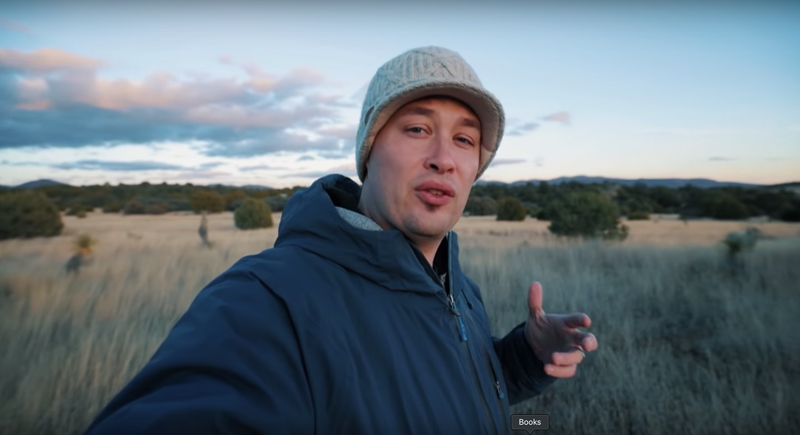Telephoto Lens – Why Do You Need One?
For anyone who uses cameras for more than just the occasional family snaps, there will come a time when you consider using a telephoto lens. This includes all camera types, film cameras, DSLRs, mirrorless cameras, smartphones and iphones.
With smartphones and iPhones you can now attach a series of different lenses over the inbuilt lens. This is different to using other types of cameras where the telephoto lens will normally replace whatever lens you were using before.

So, what is a telephoto lens?
A telephoto lens is a bit like a telescope – it magnifies the image. A lens is technically a telephoto if it has a focal length of at least 60mm. They come in a number of focal lengths from medium telephoto (70-200mm) to super telephoto (longer than 300mm).
This style of lens can be taken to the extreme for uses such as sports photography, bird watching, nature photography and other stuff.

This guy above is a wildlife photographer, not a US Navy SEAL.
Why would you use one?
The most obvious use of the telephoto – or “long” – lens is to get closer to your subject without moving the camera. If you want to get a close up of an actor but want to keep the camera mounted at a distance, then adding a tele lens will “zoom in” on the actor. As I said above – it’s just like using a telescope.
But one thing people love about long lenses is that they have a shallow depth of field. This means the amount of stuff in the image in focus decreases. In other words, if you were to focus on a face of an actor, the background and foreground will go out of focus.
You know people talk about the bokeh effect? Bokeh has been defined as “the way the lens renders out-of-focus points of light”. See image below…

These days, your out of focus lights in the background is the “in” thing. There’s no denying it’s an attractive look. The out of focus background adds a softy, dreamy feel to the image. It also pushes the audience’s attention onto the subject (apart from the Bokeh fanboys who are all looking at the background going mmm I’m sexy…).
The amount that the background goes out of focus depends on the how shallow the depth of field of the lens is.
And on a smartphone or iPhone?
In fact, this is one of the criticisms of filming with a smartphone which generally have wide lenses which bring almost everything into focus. Hence Instagram introduced the “tilt shift” effect which creates an artificial sense of a shallow depth of field (by masking parts of your smartphone photo and blurring them).
Some smartphones now come with a telephoto lens as an optional extra to the regular wide lens. These include Samsung Galaxy S9 Plus, latest iPhones and many others. You can also fix a extra tele lens over the top of your inbuilt tele to get extra telephoto “power”.
To my eyes, these smartphone lenses do not quite replicate what you can do with a DSLR or higher spec camera + lenses. However, they do a similar job. The issues are that the image produced gets distorted (as opposed to a nice crisp Bokeh effect), especially around the edges.
Below is a screengrab from Brent Hall’s YouTube video test of the Moment 58mm + Samsung S9+ (using inbuilt telephoto).

One thing to note: Brent is holding the camera at arm’s length, so it’s pretty close. Whereas with a good telephoto and higher end camera set up, you can be a bit further away and still get this shallow depth of field. Because even with an inbuilt smartphone wide lens, you can achieve a shallow DoF look by moving the camera close to the subject.
So, for smartphone photographers and filmmakers, a telephoto add on lens will give you a little extra depth of field and image magnification, but won’t compare to those big lenses – well how can they?
If you consider that the official bottom range of the telephoto lens category is 60mm then the Moment 58mm “telephoto” doesn’t actually qualify as a tele lens. And if you Google “58mm telephoto” the only thing that comes up is Moment’s lens.
You see, that Bokeh effect really needs a longer lens than that. So, for smartphone and iPhone filmmaking at least, adding these dedicated smartphone tele lenses to your device might not achieve the look you are seeking.
What about adding bigger lenses?
When is comes to iphone video or photography (or smartphone) you do not have to limit yourself to these lenses designed specifically for these devices. You can also mount pretty much any lens you wish using a grip like Beastgrip – but there are plenty of options.

I would question if this is the best way to use your smartphone for photography or filmmaking. To me, this is a “worst of both worlds” situation. Obviously, you are now effectively encumbering yourself with a big lens but without the advantage of the larger sensors you get in higher end cameras. But if you have a reason to use this set up, then go for it.
Faking it?
Apple recently released a series of “Shot on iPhone” videos by Chinese filmmaker Jia Zhangke, which they say were shot using an iPhone XS. As has been pointed out, these videos are highly slick productions and contain a lot of shallow depth of field. So how was this achieved?
One answer is they used professional telephoto lenses as described above. But there is a clue in the credits, which comes right at the end: “Rotoscoping artist: Roy Tay”. With rotoscoping you create detailed animated masks around moving objects so that you can separate the object from the rest of the image.
This takes a lot of time. I know, because I spent weeks doing it on my scifi web series Kosmos. Although technology is getting better at speeding the process up (it used to be done by hand, drawing around the object, frame by frame), this is still difficult.
Telltale signs are a little fuzziness around the object in focus, as feathering is used to help the mask blend in. You might have seen this if you’ve used the shallow DoF modes which come with recent smartphone camera apps.
What do you think – is Apple being dishonest here?
Eager to learn more?
Join our weekly newsletter featuring inspiring stories, no-budget filmmaking tips and comprehensive equipment reviews to help you turn your film projects into reality!
Simon Horrocks
Simon Horrocks is a screenwriter & filmmaker. His debut feature THIRD CONTACT was shot on a consumer camcorder and premiered at the BFI IMAX in 2013. His shot-on-smartphones sci-fi series SILENT EYE featured on Amazon Prime. He now runs a popular Patreon page which offers online courses for beginners, customised tips and more: www.patreon.com/SilentEye

